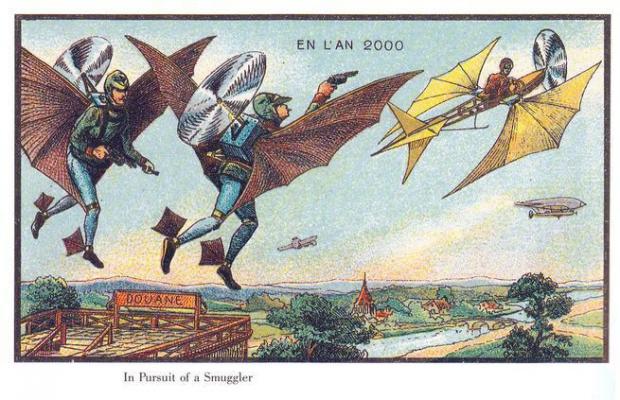
Breaking News
6.5x55 Swedish vs. 6.5 Creedmoor: The New 6.5mm Hotness
Best 7mm PRC Ammo: Hunting and Long-Distance Target Shooting
 Christmas Truce of 1914, World War I - For Sharing, For Peace
Christmas Truce of 1914, World War I - For Sharing, For Peace
Top Tech News
 EngineAI T800: Born to Disrupt! #EngineAI #robotics #newtechnology #newproduct
EngineAI T800: Born to Disrupt! #EngineAI #robotics #newtechnology #newproduct
 This Silicon Anode Breakthrough Could Mark A Turning Point For EV Batteries [Update]
This Silicon Anode Breakthrough Could Mark A Turning Point For EV Batteries [Update]
 Travel gadget promises to dry and iron your clothes – totally hands-free
Travel gadget promises to dry and iron your clothes – totally hands-free
 Perfect Aircrete, Kitchen Ingredients.
Perfect Aircrete, Kitchen Ingredients.
 Futuristic pixel-raising display lets you feel what's onscreen
Futuristic pixel-raising display lets you feel what's onscreen
 Cutting-Edge Facility Generates Pure Water and Hydrogen Fuel from Seawater for Mere Pennies
Cutting-Edge Facility Generates Pure Water and Hydrogen Fuel from Seawater for Mere Pennies
 This tiny dev board is packed with features for ambitious makers
This tiny dev board is packed with features for ambitious makers
 Scientists Discover Gel to Regrow Tooth Enamel
Scientists Discover Gel to Regrow Tooth Enamel
 Vitamin C and Dandelion Root Killing Cancer Cells -- as Former CDC Director Calls for COVID-19...
Vitamin C and Dandelion Root Killing Cancer Cells -- as Former CDC Director Calls for COVID-19...
 Galactic Brain: US firm plans space-based data centers, power grid to challenge China
Galactic Brain: US firm plans space-based data centers, power grid to challenge China
$2 million competition aims to make jetpacks a reality by 2019

The dream of flight was never meant to be confined to a 28-inch seat with 150 strangers and miniature bags of pretzels. Early aircraft were fabric and wood extensions of their pilots' bodies, technological exoskeletons carrying a dream into the air. While the laws of aerodynamics and engineering drove planes into long aluminum tubes with wings, fiction maintained the dream of a personal flying tool that people could strap to their back, ride through the air, and then arrive intact and on-time at work. For decades, inventors endeavored to turn jetpack from fictional whim to real machines, with some limited success, but nothing so world-changing as to enter the mass market. GoFly, a Boeing-sponsored competition announced today, wants to turn jetpacks from an aviation novelty to an everyday tool. To do that, it's inviting people from around the world to enter a two-year contest, with $2 million total in prizes, for the creation of a personal flying device that can carry an individual 20 miles without refueling or recharging.

 The State's Last Stand
The State's Last Stand


